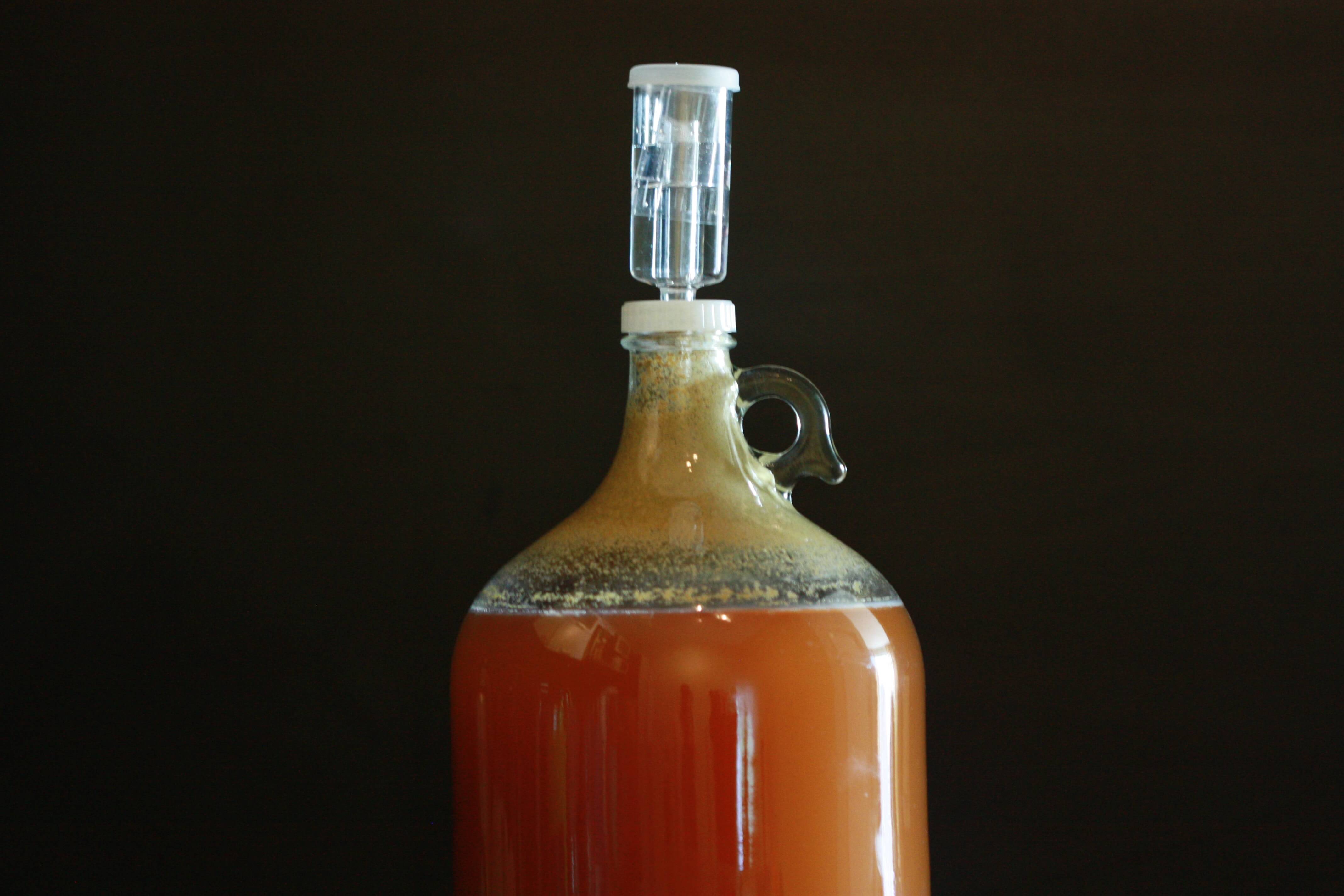A couple of years ago, I started homebrewing myself with just a starter kit and a step-by-step guide. The result was not great, but I became infected with the homebrewing virus.
The ingredients
For brewing beer, you need some water, fermentables (grains), hops, and yeast. If you gain more experience in homebrewing, you can use herbs and spices as well. But at this level, I will stick to the four main ingredients.
The fermentables mostly consist of barley. You can also use wheat or rye, for example. There are also caramelized malts and even dark roasted malts, which will have an impact on the flavor and color of the beer.
Hops are the second ingredient that I will pay attention to. There are three types of hops: bittering, aroma, and dual-purpose hops. Bittering hops will give the beer its bitterness, and you have to add these hops at the beginning of the boil process. The aroma hops will give the beer its flavor and taste. Most of the time, these hops are added in a later stage of the boil. The last one is the dual-purpose hops, which are situated in the middle of bitterness and aroma. They will have less aroma and less bitterness.
ADvertisement
The process
I wrote a specific post about the brewing process recently, but I will give a brief explanation of the process here.
On brew day, you will heat the water to a specific temperature. Once that temperature is reached, you can add the grains to the water. This process is called mashing. During the mash step, the sugars are extracted from the grains.
Once all the sugars are extracted, you have to separate the “used” grains from the sugar water. This sugar water is called wort, and we call this step lautering. You will filter the wort, and it is important to get it as clear as possible.
Now it’s time for the boil step. When the wort is at boiling temperature, you can add the hops. There can be multiple hop additions at different moments, and this can have an influence on the taste and flavor of the beer.
The next step is cooling down the wort to pitching temperature. Once that temperature is reached, you can add the yeast. Now you can sit back and wait until fermentation has been completed. After a couple of weeks, the yeast has done its job, and you can fill up the bottles.
Just start
The only advice I can give is just start brewing. Buy a homebrew kit, collect your equipment (such as pots for cooking), and follow the steps that come with the kit. From that beginning, you can grow into being a homebrewer. Most professional brewers started that way.

